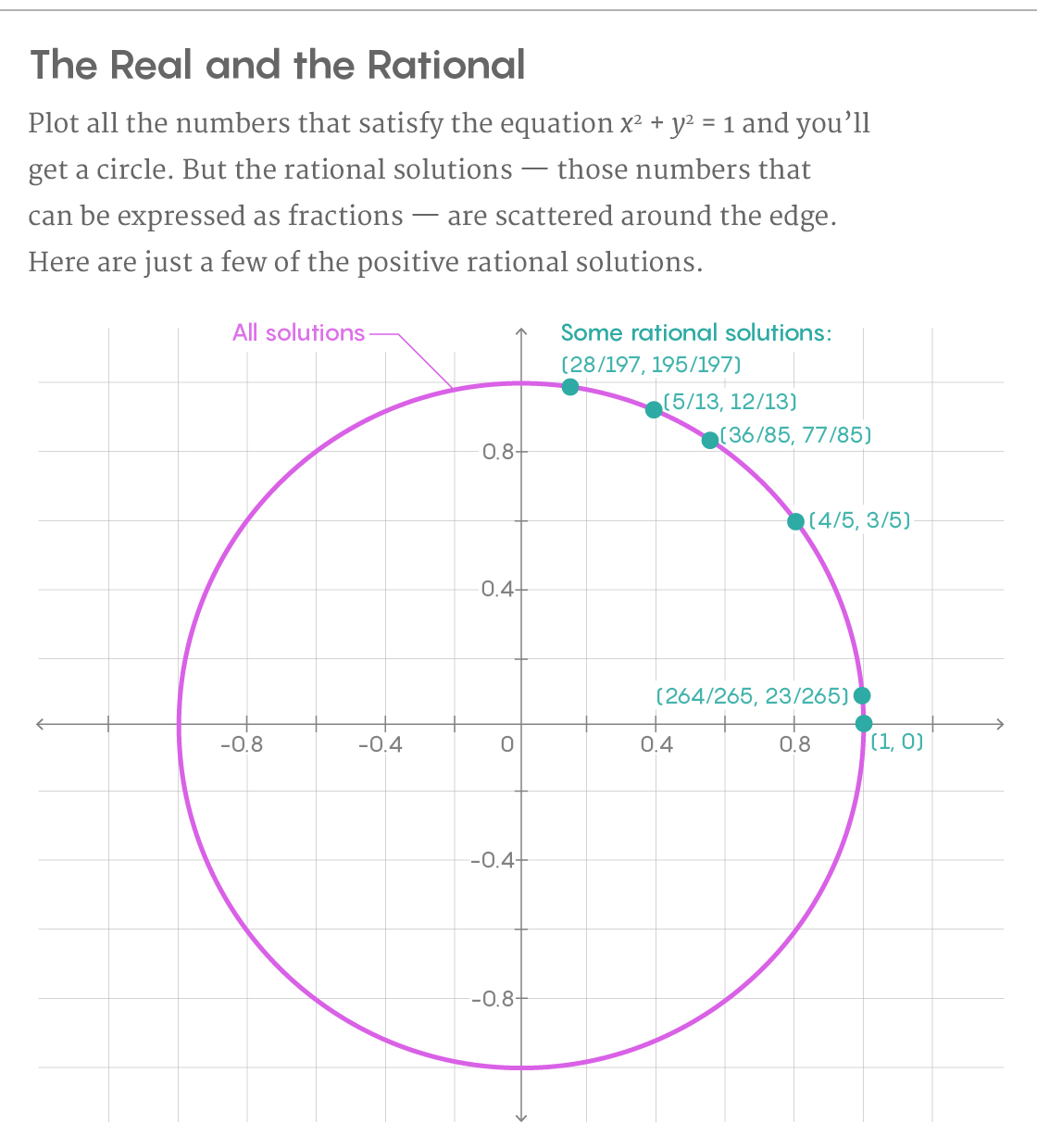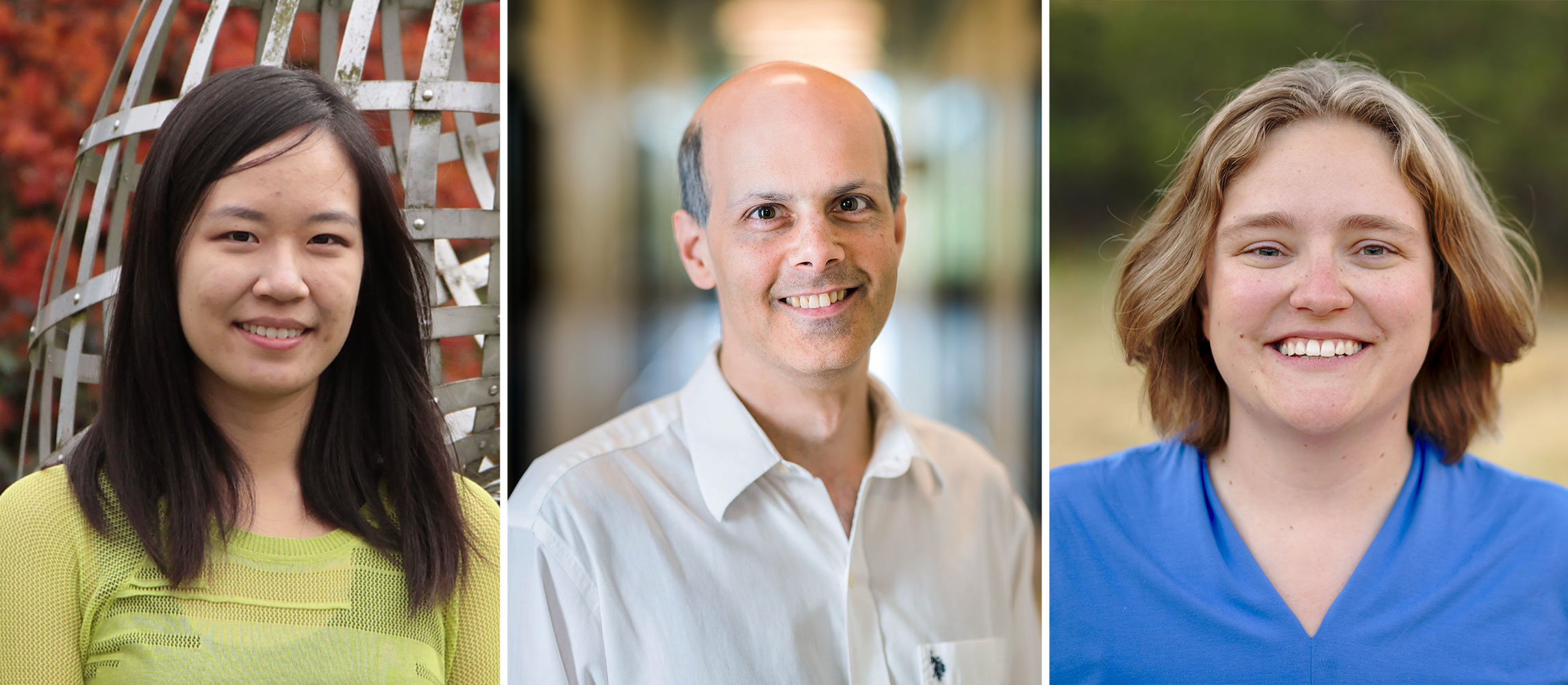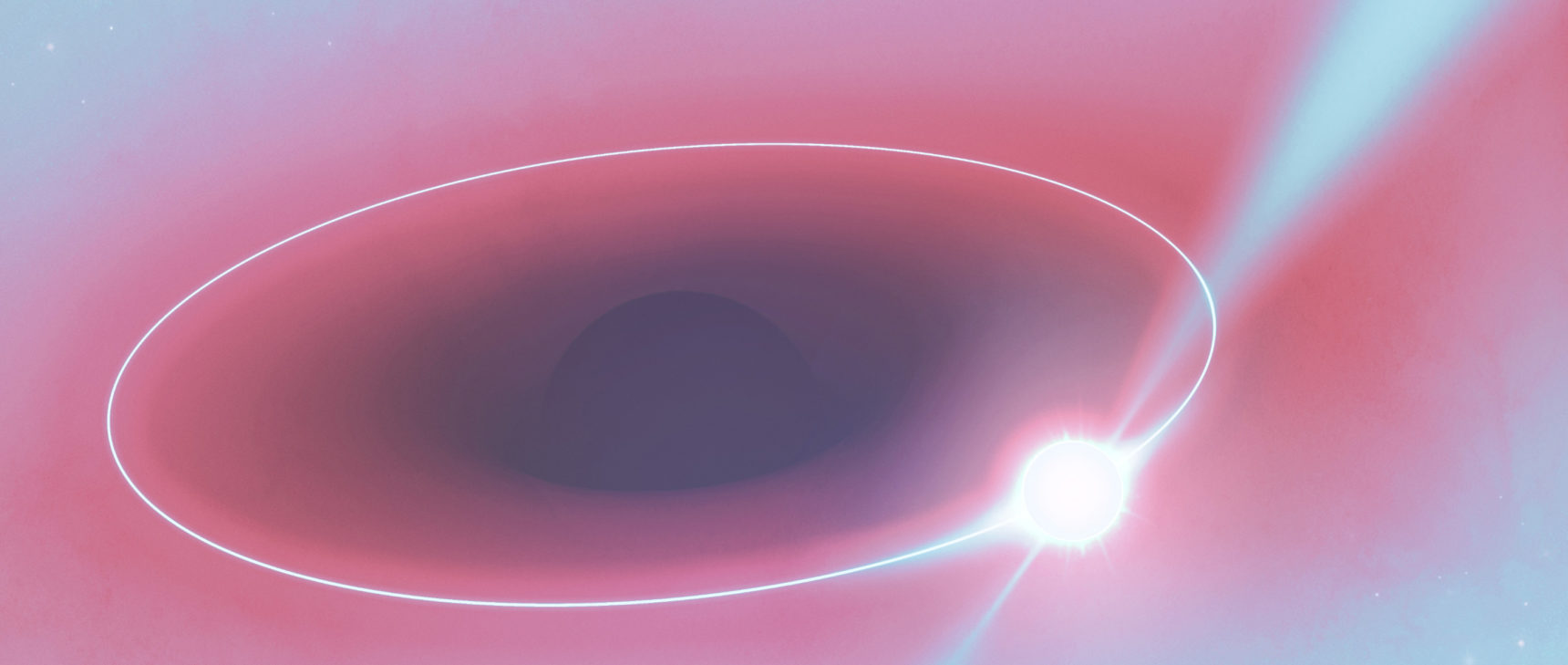Without a Proof, Mathematicians Wonder How Much Evidence Is Enough
Introduction
Four researchers have recently come out with a model that upends the conventional wisdom in their field. They have used intensive computational data to suggest that for decades, if not longer, prevailing opinion about a fundamental concept has been wrong.
These are not biologists, climatologists or physicists. They don’t come from a field in which empirical models get a say in determining what counts as true. Instead they are mathematicians, representatives of a discipline whose standard currency — indisputable logical proof — normally spares them the kinds of debates that consume other fields. Yet here they are, model in hand, suggesting that it might be time to re-evaluate some long-held beliefs.
The model, which was posted online in 2016 and is forthcoming in the Journal of the European Mathematical Society, concerns a venerable mathematical concept known as the “rank” of an algebraic equation. The rank is a measurement that tells you something about how many of the solutions to that equation are rational numbers as opposed to irrational numbers. Equations with higher ranks have larger and more complicated sets of rational solutions.
Since the early 20th century mathematicians have wondered whether there is a limit to how high the rank can be. At first almost everyone thought there had to be a limit. But by the 1970s the prevailing view had shifted — most mathematicians had come to believe that rank was unbounded, meaning it should be possible to find curves with infinitely high ranks. And that’s where opinion stuck even though, in the eyes of some mathematicians, there weren’t any strong arguments in support of it.
“It was very authoritarian the way people said it was unbounded. But when you looked into it, the evidence seemed very slim,” said Andrew Granville, a mathematician at the University of Montreal and University College London.
Now evidence points in the opposite direction. In the two years since the model was released, it has convinced many mathematicians that the rank of a specific type of algebraic equation really is bounded. But not everyone finds the model persuasive. The lack of resolution raises the kinds of questions that don’t often attend mathematical results — what weight should you give to empirical evidence in a field where all that really counts is proof?
“There is really no mathematical justification for why this model is exactly what we want,” said Jennifer Park, a mathematician at Ohio State University and a co-author of the work. “Except that experimentally, a lot of things seem to be working out.”
Point to Point
If you’re handed an equation, you can graph its solutions and produce a curve. Mathematicians want to know how many of these solutions are rational numbers — values that can be expressed as a ratio of two integers (such as 1/2, −3, or 4483/929).
Rational solutions are hard to find systematically, but mathematicians have techniques that work under some circumstances. Say you have the equation x2 + y2 = 1. The graph of the solutions to this equation form a circle. To find all the rational points on that circle, start with one particular rational solution — say, the point on the circle where x is 1 and y is 0. Then draw a line through that point that intersects the circle at one other point. So long as the slope of your line is rational, the second point of intersection will also be a rational solution. Through the line-drawing procedure, you’ve parlayed one rational solution into two.

Lucy Reading-Ikkanda/Quanta Magazine; Source: Dr Minhyong Kim
And there’s no reason to stop there. Repeat the procedure, drawing a line with a different rational slope through your second rational point — that line will intersect the circle at a third rational point. If you keep doing this forever, you’ll eventually find all of the infinitely many rational points on the circle.
In the case of the circle, you only need to start with one rational point to find them all. The number of rational solutions you need to know at the outset in order to uncover the rest is known as the “rank” of a curve. The rank is a tidy way of characterizing an infinite set of rational solutions with just a single number. “It’s sort of the best possible way of describing rational solutions for these curves,” said Bjorn Poonen, a mathematician at the Massachusetts Institute of Technology and a co-author of the model along with Park, John Voight of Dartmouth College, and Melanie Matchett Wood of the University of Wisconsin, Madison.
The circle is a quadratic equation, also known as a degree-two equation. (“Degree” refers to the value of the equation’s highest exponent.) Mathematicians have had a complete understanding of how to find rational solutions to degree-two equations for more than a century.
The next type of equation is the elliptic curve, which features a variable raised to the third power. Elliptic curves exist in a sweet spot of mathematical inquiry. They’re more complicated than degree-two equations, which makes them interesting to study, but they’re not too complicated. A modified form of the line-drawing procedure still applies to elliptic curves, but it ceases to work with equations of degree four and higher.
Elliptic curves come in a variety of ranks. With some elliptic curves, for instance, you could start with one rational point, apply the line-drawing procedure, and fail to uncover all rational points. You might need to be given a second rational point, wholly unrelated to the first. Then you’d start a fresh line-drawing procedure from that second point to uncover the balance of the rational points. A curve for which you need to know two rational points at the outset in order to find all the rational points has rank two.
There’s no proven limit to how high the rank of an elliptic curve can be. The higher the rank of an equation, the vaster and more intricate the curve’s set of rational solutions. “Rank is somehow measuring how complicated the set of solutions is,” Poonen said.
Yet rank has eluded mathematicians’ efforts to encapsulate it in a theory. If you’re handed an elliptic curve, there’s no obvious relationship between what the curve looks like on its face and what its rank will be. “If I have an [elliptic curve] and I tweak the coefficients, the rank changes drastically,” Park said. “You could change a coefficient by one and the rank could jump by a million. No one knows how ranks behave.”
This lack of a general theory forced mathematicians to fall back on the little evidence they had in order to guess whether ranks are bounded or not. “The viewpoint seemed to be that ranks are unbounded because people kept finding bigger and bigger ranks,” Granville said. The current record-holder is an elliptic curve with rank 28, which was discovered in 2006 by Noam Elkies, a mathematician at Harvard University.
But then this new model came along and said that, actually, it’s almost certain that the trail stops, and just up ahead.
A Surprise at 21
Scientists use models to study phenomena that are too complicated or forbidding to study directly. By creating a black hole analogue in a laboratory, you might be able to learn something about how real black holes behave without having to skirt an event horizon.
Mathematicians do the same thing. A good example comes from the study of prime numbers. Mathematicians would like to know the answer to the twin primes conjecture, which asks whether there are infinitely many pairs of primes whose difference is two (like 3 and 5, and 11 and 13). A complete answer is beyond their ken, but they’ve created models that predict how often twin primes should appear — and, indeed, the answer seems to be that they occur infinitely frequently.
The new model does not actually look at elliptic curves themselves. Instead, it examines a mathematical object called the kernel of a matrix. Kernels are to elliptic curves as mice are to humans — they’re not the same, but they’re easier to study and hopefully close enough that it’s reasonable to draw conclusions about one based on experiments on the other. In particular, kernels have their own version of rank. By looking at the distribution of ranks of kernels — how many kernels have rank 1, how many have rank 2, and so on — the four mathematicians hoped to get a feel for the distribution of ranks of elliptic curves. In essence, they were betting that the distribution of ranks of kernels and of elliptic curves mirror each other.

The mathematicians Jennifer Park, Bjorn Poonen and Melanie Wood (from left), along with John Voight created the new model to explore the rank of elliptic curves.
Mathematisches Forschungsinstitut Oberwolfach (Park); Justin Knight (Poonen); Joe Rabnioff (Wood)
“This is where the leap of faith comes in,” Park said. “Our hope is that maybe there is this other set of mathematical objects that is much simpler to understand, but still has the same distribution as the ranks of elliptic curves.”
At the time the four researchers undertook their work, most mathematicians still believed that rank is unbounded. Yet the model told a different story. It said that there are only finitely many elliptic curves with rank greater than 21. If there are only finitely many of them, one of them has to have the highest rank in the bunch — which would mean that rank is bounded after all. When the four mathematicians saw this, they knew they had a live result on their hands.
“That prediction was not what anyone believed, certainly not in public,” Wood said. “No one believed ranks were bounded.”
If it takes a leap of faith to believe in a model, it takes an even bigger one when the model reports that conventional wisdom is wrong. But there were plenty of reasons to take the result seriously. The model built on previous models that had been constructed by other mathematicians to study different properties of elliptic curves. Those models had held up well over time; some of their predictions had even been proved.
“It wasn’t like, let’s start fresh and make some new model,” Wood said. “It was, how can we enrich the existing models that people already believe.”
Another reason to believe the model was that rank 21 didn’t seem to be an arbitrary cutoff. Ten years earlier, Granville had created a different model that had also concluded that there should only be finitely many elliptic curves with rank greater than 21. Granville’s model was nothing at all like this new model — and the fact that both identified rank 21 as significant seemed like too much of a coincidence for many mathematicians.
“Having two completely different heuristics and we both came up with the same number, 21 — that was surprising to people,” Park said.
Perhaps the most convincing reason the model seemed credible was that it makes other predictions which almost exactly match proven results about elliptic curves. The model’s top-level conclusion — that there are only finitely many elliptic curves with rank greater than 21 — applies to elliptic curves generally. But there are subfamilies of elliptic curves, and mathematicians have established rank bounds for many of them. The model also predicted what the rank bounds should be for many of these subfamilies, and its predictions were consistent with — or even exactly matched — bounds mathematicians had already established.
“Our bounds accurately predicted all these cases people had studied,” Park said. “People are very skeptical when I give talks, but when I [mention the other correspondences] they’re like, ‘Wow, that’s really amazing.’”
Between Evidence and Proof
The model has a lot going for it, but not everyone believes it, and it could be wrong. The most prominent skeptic is Noam Elkies, the Harvard mathematician who holds the record for finding an elliptic curve with the highest rank. In the decades since he became the youngest professor to receive tenure at Harvard, he has compiled a number of results that point to rank being unbounded. “My position remains what it has been for a long time, that I don’t believe we understand this question well enough to support conjectures one way or another,” Elkies wrote in an email.
Elkies thinks the model could fail in a number of ways. It accounts for randomly chosen curves, or curves that are average in some sense. Yet there’s evidence, including from Elkies’ own research, that there can be whole subfamilies, each containing an infinite number of elliptic curves, which deviate in significant ways from the behavior of typical elliptic curves. “Heuristics based on the expected behavior of random curves may not tell the whole story about extremal behavior,” Elkies wrote.
Even one of the model’s authors is not entirely convinced. “I’d say I’m agnostic on the boundedness of ranks,” Wood said. She acknowledges that the model could fail for the kinds of reasons Elkies cites. But if the model doesn’t hold, it will be because it fails to take into account some hidden, surprising property of elliptic curves. “The question is: If you don’t believe in the boundedness of rank, where does the model break down?” Wood said.
“They’re likely to be right unless someone can come up with a clever reason they’re not. I have no idea whether that clever reason exists or not,” said Alexander Smith, a graduate student at Harvard who works with Elkies and studies ranks of elliptic curves.
The authors of the model are not dogmatic about its significance. They know the difference between evidence and proof — and they understand that no amount of the former ever gets you to the latter. But they think their work at least provides a reasonable basis for thinking about an essential mathematical concept after a century of speculation.
“Maybe it’s like a challenge to mathematicians to go out and try to find elliptic curves of higher rank,” Park said. Or maybe mathematicians “should rethink what we believed as a folklore conjecture.”



